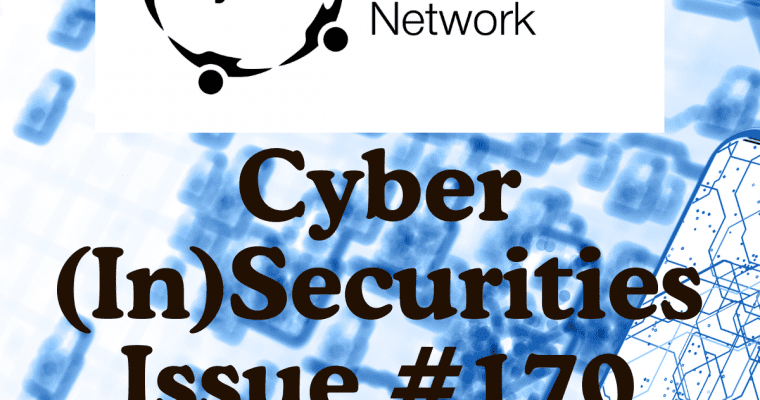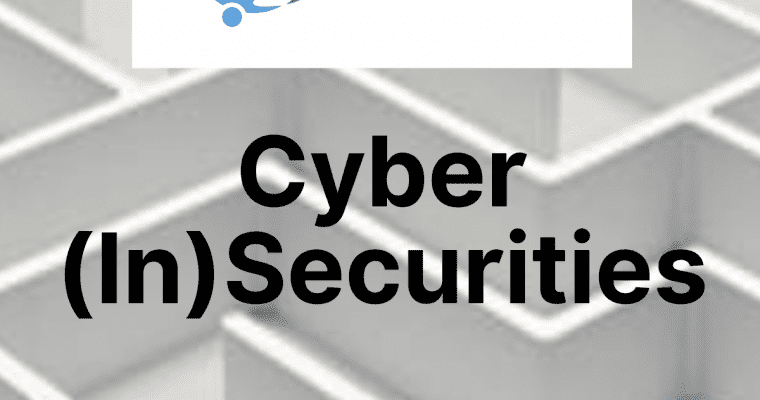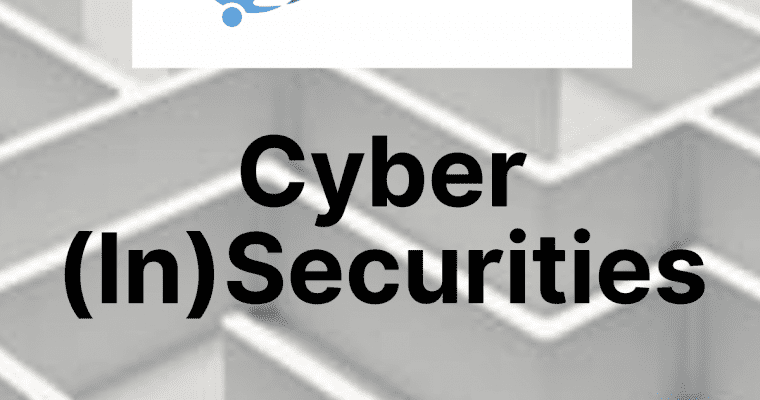Cyber (In)Securities – Issue 170
AI Copyright Theft, NPM Supply-Chain Attack, and Global Child Safety Laws his edition of Cyber (In)Securities brings together the latest cybersecurity alerts, incidents, and insights from across the world. From Australia to Brazil, the United States, South Korea, and Europe, governments and businesses are confronting …









